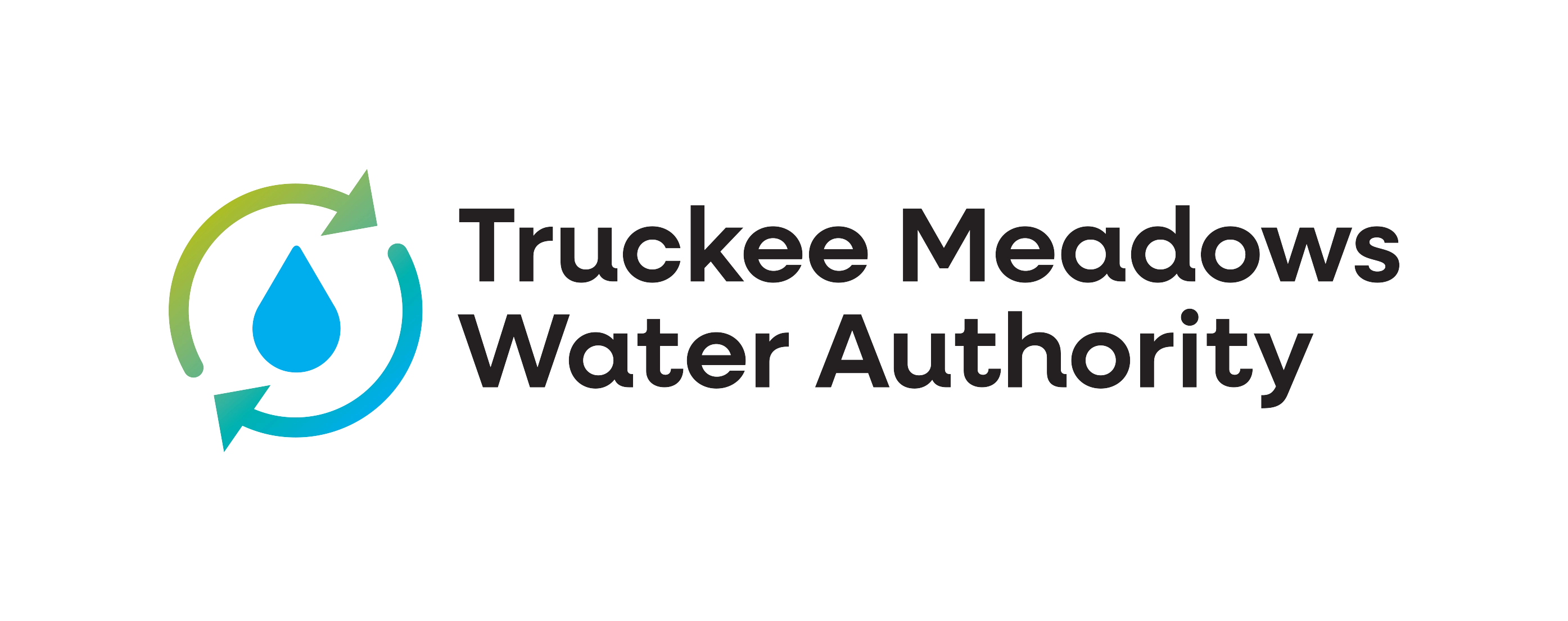One of the benefits of living in our high desert environment is we don’t have as many pests and diseases to deal with, however, we still have them and they can be deadly to trees.
Stress from environmental factors such as a lack of water or damage to a tree’s roots, trunk or crown, can compromise a tree so that it gets sick. Nurseries or the local cooperative extension can provide disease diagnosis. To make their job easier, bring samples of both healthy and unhealthy tree tissue for them to evaluate.
What’s Wrong With My Tree?
The first thing to look for are any obvious signs of damage to the tree’s irrigation system (such as broken or missing emitters on a drip system) or physical damage to the tree. Also look at any changes in the tree’s soil level. See if you can identify any insects or outward signs of stress like sap dripping or curling of leaves.
You can also look for a pattern of abnormality on other nearby plants. If other plants are damaged, it is likely the problem is physical or related to watering. If the damage only occurs on one species in the landscape, there could be an insect or disease problem.
Parasites, nematodes, viruses and bacteria are just a few of the diseases that can affect tree health. Effects can range from a changing of leaf color to death of the tree. Some diseases are not outwardly visible.
Symptoms of tree disease
- Leaf spots – dead spots on leaves that usually form as small round areas.
- Leaf blotch – large, irregular-shaped dead areas on the leaf that usually change color to yellow, grayish green, brown or black.
- Dieback – dead areas on tree branches that turn yellow, brown, or black, killing the stem.
- Wilt or scorch – initially leaves droop due to lack of water. Advanced stages result in dieback of twigs and branches.
- Surface fungal growth on leaves or shoots which may cause curling.
- Leaf or stem deformation.
- Leaf yellowing and early leaf drop.
Pests
Insects that damage trees are categorized as either sucking or chewing.
Chewing pests include caterpillars, worms and slugs. They eat holes in leaves. Leaf miners (also called skeltonizers) eat the areas between leaf veins. Insects that feed on the root system include grubs, maggots, weevils and wireworms. Borers are insect larvae that hatch and feed inside the tree. They can tunnel into the trunk, the branches and even the roots. Grasshoppers and some varieties of beetles can also damage trees.
Sucking insects include leafhopper, truebug, aphids and scales. They pierce the tree tissue, drawing out water and nutrients.
Read more about pests and diseases from the International Society of Arboriculture.
